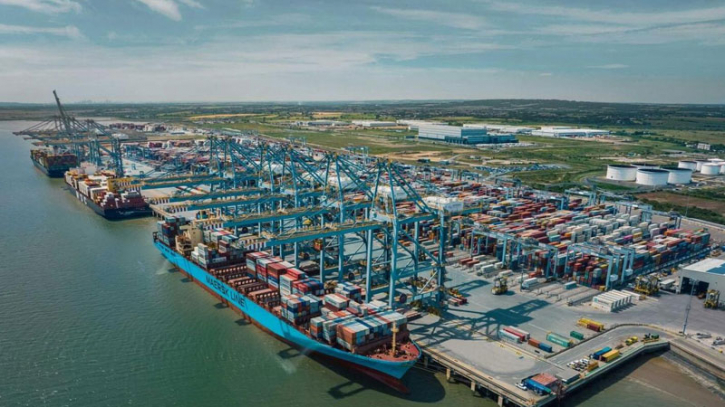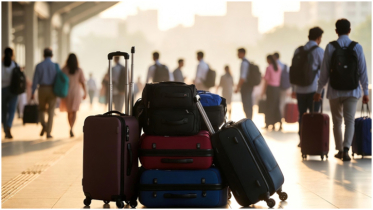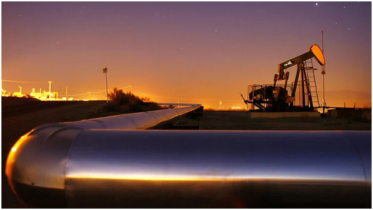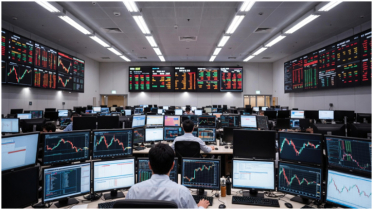India's proposed IMEC likely to be a game changer in global trade

The futuristic India-Middle East-Europe Economic Corridor (IMEC), announced at a side event of the New Delhi G20 Summit, has gained significant attention as a potential counter to China’s Belt and Road Initiative (BRI) and is expected to usher in a new era of multi-modal connectivity, leveraging railways, ports, and surface transport.
The memorandum of understanding to establish the IMEC is backed by the United States, which is a signatory, along with the United Arab Emirates (UAE), India and Saudi Arabia, the European Union (EU), Italy, France and Germany.
Unveiling the landmark mega investment and connectivity project, Indian Prime Minister Narendra Modi hailed it as “a beacon of cooperation and innovation charting a journey of shared aspirations and dreams”.
Addressing the IMEC summit, US President Joe Biden said that “the world stands at an inflection point in history.” He described the new agreement as “historic”.
“From a Gulf perspective, the new venture will solidify the region’s historical position as the primary trade route linking Asia, Europe and Africa. By emphasising trade in energy, the project is banking on the region’s comparative advantage in providing cheap and reliable energy to the rest of the world,” Abdel Aziz Aluwaisheg, GCC assistant secretary-general for political affairs and negotiation, wrote in a column.
For India, the project holds economic promise through its large diaspora in the Middle-East, contributing to energy security and serving as a market for Indian goods. “It positions India strategically, fostering influence over the Indian Ocean and expanding reach into Mediterranean, Atlantic regions,” according to analysts.
Indeed, the transcontinental corridor aims at recreating a historic trade route, which, in ancient times, was called the Red Sea Route that linked the Roman and Egyptian empires with Indian states on the western coast, namely, Gujarat, Maharashtra and Kerala.
The corridor will unlock sustainable and inclusive economic growth for all stakeholders, including the UAE and Saudi Arabia, both leading trade partners of India and create new trade routes and facilitate increased trade between India, the Middle East, and Europe. This would open up opportunities for the UAE and Saudi Arabia to expand their export markets and attract foreign investment.
However, the success of the project will depend on effective implementation, collaboration among participating countries, and a commitment to transparency, sustainability, and inclusivity. Conceived as a potential counter to China’s BRI, which has faced criticism for its lack of transparency and concerns over debt sustainability, the IMEC aims to provide an alternative framework that prioritises sustainable development, inclusivity, and equitable economic growth.
Economists and diplomats argue that the IMEC has an edge over the BRI. “First, while the BRI is centrally designed, the IMEC is based on consultations with all concerned. Second, the BRI is designed to serve China’s interests, while the IMEC is for the common benefit of all in the region. Third, while the BRI aims at generating employment only for the Chinese companies, the IMEC is to focus on generating employment for the local population. Fourth, while the BRI does not bother about the sovereignty of nations from where it passes through, the IMEC will respect the sovereignty of nations. And fifth, while the Chinese BRI grants loans at exorbitant rates, the IMEC proposes to follow the best international debt practices,” they said.
The IMEC project will have two components: the east corridor connecting India to the Arabian Gulf, and the northern corridor connecting the Gulf to Europe with railway lines that, upon completion, will provide reliable and cheaper cross-border ship-to-rail transit than existing sea and road transport routes.
The project will result in “transformative integration” of the regions. The shipping linkages are well established. The UAE and Saudi Arabia are expected to be key investors. Additionally, the IMEC envisions the development of three industrial corridors namely food, green energy and knowledge economy. Despite transshipment costs and time, Middle Eastern Asian railway lines will cut transit time between Mumbai and Europe by 40%, according to experts.
The UAE, as per the World Bank, had 279 km of freight lines in 2021. Since then, it has expanded the network to 1,200km, connecting all seven emirates and Saudi Arabia. Etihad Rail says the network will have a capacity of 60 million tonnes of cargo by 2030. For India, the corridor is a plug-and-play project.
.png)




